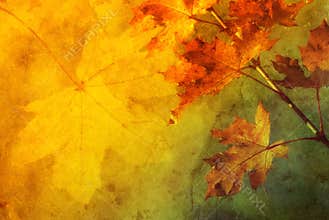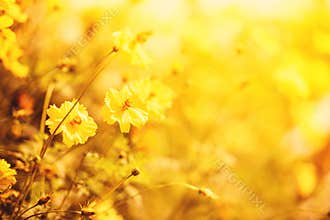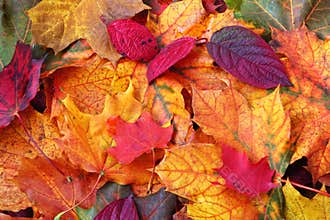Autumn Colors Of The Subpolar Beech Forests Of Navarino Island, Chile - The World’S Southernmost Forests. Nothofagus, Also Known As The Southern Beeches, Is A Genus Of 43 Species Of Trees And Shrubs Native To The Southern Hemisphere In Southern South America Chile, Argentina And Australasia East And Southeast Australia, New Zealand, New Guinea And New Caledonia. The Species Are Ecological Dominants In Many Temperate Forests In These Regions. The Genus Has A Rich Fossil Record Of Leaves, Cupules And Pollen, With Fossils Extending Into The Late Cretaceous And Occurring In Australia, New Zealand, Antarctica And South America. In The Past, They Were Included In The Family Fagaceae, But Genetic Tests Revealed Them To Be Genetically Distinct, And They Are Now Included In Their Own Family, The Nothofagaceae Literally Meaning `False Beeches`. Navarino Island Is A Chilean Island Located Between Isla Grande De Tierra Del Fuego, To The North, And Cape Horn, To The South. The Island Forms Part Of The Commune Of Cabo De Hornos, The Southernmost Commune In Chile And In The World, Belonging To Antã¡Rtica Chilena Province. It Constitutes The Nearest Land To The Antarctic Continent. Its Population Is Concentrated Primarily In The Communal Capital, Puerto Williams. The Indigenous People Were Yahgan, Estimated To Have Migrated To Tierra Del Fuego More Than 10,000 Years Ago By A Land Bridge That Has Since Been Submerged. From There, They Went By Canoe To Other Islands.
ID 61586379990 © Juanvilata | Megapixl.com
Sharing is not just caring, it's also about giving credit - add this image to your page and give credit to the talented photographer who captured it.:
KEYWORDS
america andes antarctic antarctica archipelago atlantic autumn beagle beech canal cape channel chile chilean cold cone deciduous del endemic extreme foliage forest fuego hemisphere horn island leaves magellanic native navarino nothofagus ocean pacific patagonia peoples puerto snow south southern southernmost strait sub subpolar tierra tip tundra williams world wulaia yaghan
















































































































